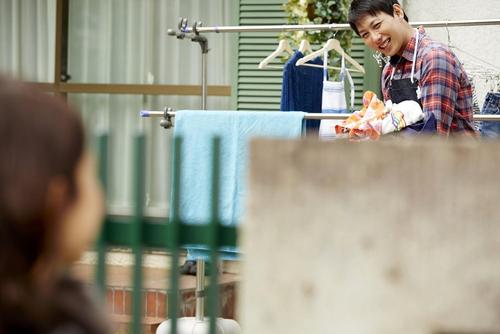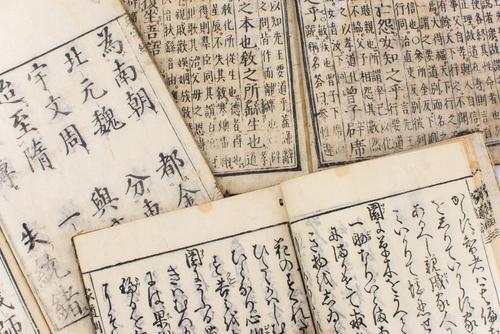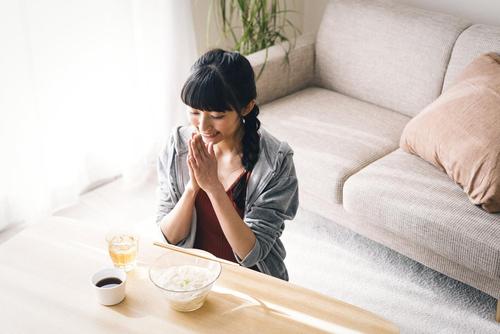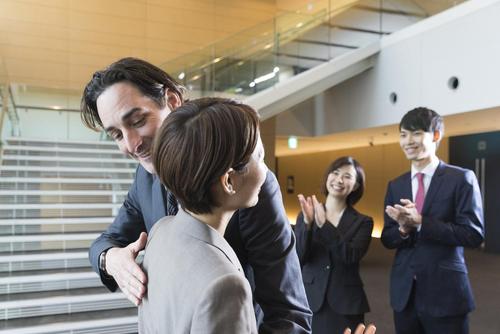What is a greeting for Japanese people?

First, let's review the meaning behind the greetings that Japanese people use on a daily basis.
The meaning of greetings for Japanese people
When you hear the phrase "occasions for exchanging greetings," what typically comes to mind is probably times when people meet and part ways. At work, people exchange greetings when they arrive and leave in the morning; at home, when they wake up in the morning or when they leave; and with neighbors, they exchange greetings when they meet someone and then part ways. This is not unique to Japan, but is pretty much the same around the world. However, compared to other countries, greetings for Japanese people tend to have a stronger aspect of "etiquette" and "appreciation." Japanese people place great importance on etiquette and gratitude. A typical example of this greeting is the "bowing," which will be explained next.
Japanese people basically greet each other by bowing.
The culture of bowing to others is said to have originally been introduced to Japan from China along with Buddhism. Although the term "bowing" is generally used, there are several different types, which can be broadly categorized as follows:
"Aishoku": A standard bow in which the body is slightly tilted at a 15-degree angle during a standing bow. It is used when greeting relatively close people, such as coworkers or relatives. "Sakirei": Asakirei is used during a zarei (sitting bow). It is a bow that shows respect without being too dramatic, in which the body is tilted 30 degrees from a seiza position over the course of one second, the hands are slid in front of the knees and held there for one second, and then the head is slowly raised over the course of two seconds.
"Keirei": A more formal bow than a nod, in which the body is tilted 30 degrees from the standing position. It is used when speaking to guests or strangers, or to express deep gratitude or welcome.
"Saikeirei": A very deep bow in which you stand with your body tilted at a 45-degree angle. It is used when speaking to executives, important clients, or people you respect. The basic time for bowing is "three breaths (inhale, exhale, inhale)," but when expressing deep apology or respect, it is common to bow for a longer period, such as four or five seconds or more.
The history and meaning of bowing
It is said that bowing was introduced from China to Japan around 500 to 800, when Buddhism was becoming widespread. Initially, bowing your head and showing your neck to the other person was said to show that you had no intention of attacking or hostility. Incidentally, bowing is also used in China, but it is not done as frequently as the Japanese bow, and many people seem to feel that even when bowing, it is a deep bow.
What is the origin and etymology of typical Japanese greetings?

Next, we will explain the meaning of typical greetings used in Japanese.
"good morning"
"Ohayo" is used as a morning greeting and is an abbreviation of "Ohayo gozaimasu" (good morning). It conveys gratitude to the person who has arrived before you.
"Hello" "Good evening"
"Hello" can be written in kanji as "Kyouwa" (Today), and "Konbanwa" (Good evening) as "Konbanwa" (Tonight). This is followed by the abbreviated phrase "Gokigen how are you?", which is a greeting that expresses an interest in checking on the other person's well-being during the day or evening.
"thank you"
The expression of gratitude, "arigatou" is an abbreviation of "arigato gozaimasu." Written in kanji, it is "arigatou," which has the connotation of something that is difficult to come by or something that is rare.
"Goodbye"
The kanji for "goodbye" used when parting is said to be "然様なら." It means "if that's the case," followed by the abbreviated phrase "farewell, desu ne" (It's time for goodbye).
Unique Japanese greetings that surprise people overseas

Greetings such as "good morning" and "thank you" are used in each country's language overseas, but the phrases "itadakimasu" and "gochisousama" used before and after meals are unique to Japan. "Itadakimasu" expresses gratitude for "receiving life," while "gochisousama" expresses gratitude for all the hard work that went into preparing the meal. Many countries overseas do not have set greetings to use before and after meals, and many people are surprised or confused when they hear the Japanese "itadakimasu" and "gochisousama."
A wide variety of greetings depending on the country
Finally, let's take a look at greetings overseas.
While Japanese people bow, handshakes are the norm overseas.
In many countries overseas, it is common to shake hands as a greeting instead of the Japanese bow. Handshakes between people of the same sex, such as between men and women, are almost the same as in Japan, but when it comes to handshakes between people of the opposite sex, in Europe and the United States, where ladies first is deeply rooted, it is considered good manners for the man to wait until the woman extends her hand.
Some religions prohibit handshakes
In countries with a large Muslim population, physical contact between strangers of the opposite sex is often taboo, and conversations between men and women may begin without a handshake.
In some countries, people join their hands together or use their noses.
In Thailand, people bow as a greeting, just like in Japan, but the way it is done is slightly different. In Thailand, bowing is done in a prayer style with hands clasped together in front of the chest, called a "wai." In Europe and the United States, a handshake may also be accompanied by a hug or a cheek-to-cheek kiss. By the way, in New Zealand, a greeting called a "hongi" is sometimes practiced, where people touch noses. This greeting was originally used by the indigenous Maori people of New Zealand, and although it is not used on a daily basis, it is sometimes used in ceremonies and important everyday situations. Learning greetings from different countries will enrich your international exchanges!
summary
Japanese greetings often include a sense of courtesy and gratitude, and bowing is a prime example. Overseas, greetings that express affection and friendliness, such as handshakes, hugs, cheek kisses, and folded hands, are common. Why not learn about greetings from various countries, respect each other's cultures, and deepen friendships?
Mini lesson corner
Learn about Japan and the Japanese language!
"How to give advice without making people give you a bad look in 90 seconds"
This article was originally published in Nihongo Biyori and has been partially re-edited by KARUTA.
